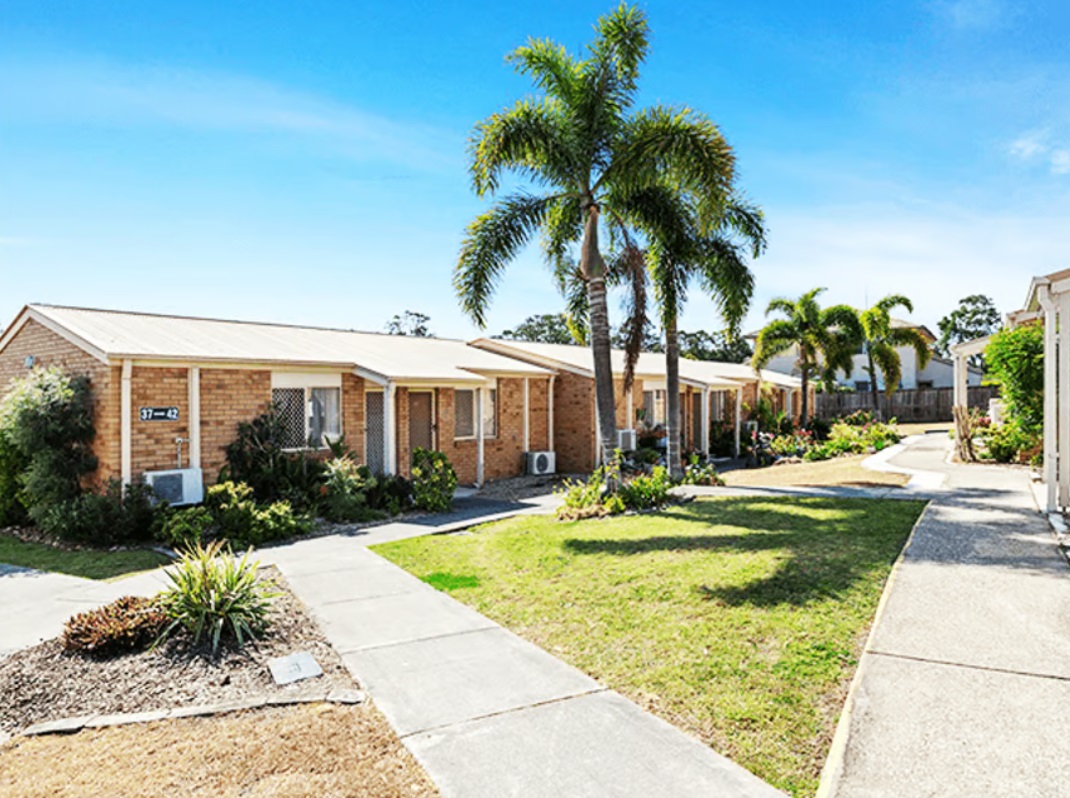Summary of the costs involved to move to an aged care home
We strongly recommend that you do the Income and Assets Test so you get a clear understanding of your money situation before you sign a contract to move into an aged care home (nursing home). See Aged Care Homes Tab Section 4.
What you have to pay for and when
Here are some typical scenarios:
- You are a pensioner with no family home – your aged care home costs are paid by the Government. You will be required to contribute 85% of your age pension towards your day living costs such as meals, cleaning, laundry, heating/ cooling. Everyone entering an aged care home can be asked to pay this Basic Daily Fee.
- You are a pensioner with your partner living in the family home or you have wealth of less than say $50,000 – your aged care home costs are largely paid by the Government. You will still be required to pay the Basic Daily Fee which is 85% of your age pension (assuming you can get a Government funded bed when you want it).
- You are not a pensioner and your partner is still living in the family home – depending on the assessment of your assets and income, as well as the Basic Daily Fee you will be expected to either pay for, or contribute to, your accommodation costs by either a lump sum payment called a Refundable Accommodation Deposit (RAD) or Refundable Accommodation Contribution (RAC) or non-refundable daily payment, a Daily Accommodation Payment (DAP) or Daily Accommodation Contribution (DAC). You may also be required to contribute to your care costs (Means Tested Care Fee).
- You may or may not be a pensioner, you do not have a partner but you do have a family home – you are likely to be assessed as having enough income and assets to pay the Basic Daily Fee, the full accommodation price of the aged care home as well as a means tested care fee.
N.B. There are annual and lifetime caps that apply to the means-tested care fee. Once these caps are reached, you cannot be asked to pay any more means-tested care fees. Any income-tested care fees you have paid in a Home Care Package prior to moving into an aged care home will also contribute to your annual and lifetime caps
Additional fees may apply if you choose a higher standard of accommodation or additional services. Extra service fees apply to residents in an extra service place.
Whatever your wealth, you will be required to have paperwork to prove to the aged care home your financial position and what you can commit to pay.
Handy Hint - Did you know that if you can click the CC at the bottom righthand side while the video is playing, captions will appear. To get rid of them, click CC again.
View transcript of video hereIdeally you will have this worked out months before the move is planned. Then you will know which aged care home you can afford, and if you are on a pension, you will have identified the homes that are likely to have Government beds available for you at no cost above the pension.

To accurately complete the income and assets test for the government to calculate the rate you have to pay for your aged care and to support your application for an aged care home, you ideally will have an appraisal of the value of your family home. Our downsizing experts can provide this as a no oblifation service.
Brian White
Chairman Ray White
The cost of paying a RAD/ RAC versus paying a DAP/ DAC
It is important to understand the cost of the alternative ‘accommodation’ payments you may be required to pay, either an upfront lump sum RAD/ RAC or the daily DAP/DAC fee (see Aged Care Homes Tab Section 4).
The lump sum RAD/ RAC you pay (which is likely to be $300,000 or more) will be FULLY REFUNDED to you when you leave. Also see the special note below on new fees*.
If you choose to not pay the lump sum but pay a daily DAP/ DAC fee, it WILL NOT BE REFUNDED when you leave. This would be around $60 a day or more (based on a $300,000 RAD). Over 18 months this equals around $33,000 extra that you pay by not paying a lump sum upfront.
*NOTE: in 2016 some home care operators have started introducing a new daily fee when an upfront lump sum RAD is paid. Why? With interest rates being at historic lows the operator is not earning enough interest from depositing your lump sum RAD in the bank or elsewhere. To make up for this they are charging you an extra daily amount.
The regulations state you have up to a month after moving into an aged care home to decide how to pay for your accommodation, (a lump sum amount, a daily payment or a combination of both).














